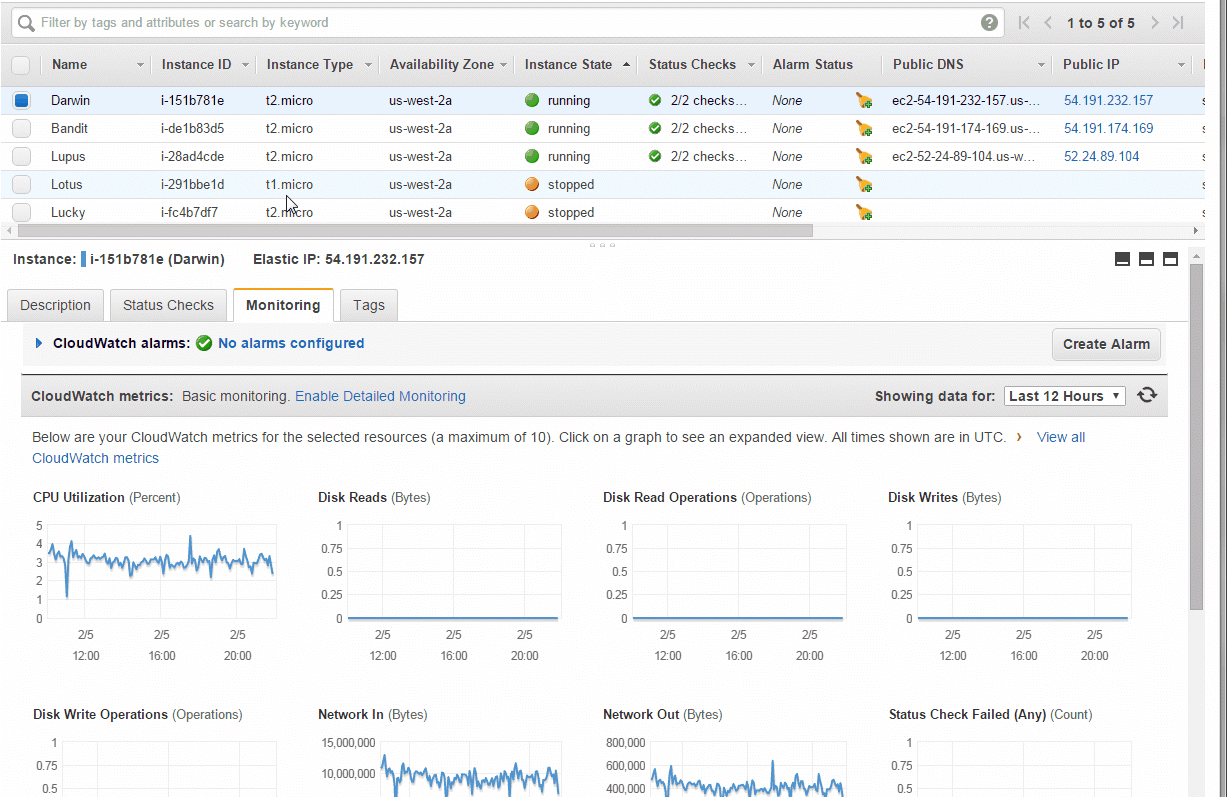
In this case we are really at a loss for an explanation. When we can fall back on Solarwinds using the SNMP reported data we are able to explain why utilization levels in Solarwinds do not reflect those on the server itself. We have seen similar situations on Linux disk monitors, but in that case we are able to see how the values are being pulled more or less directly from SNMP. 4% could be the difference between an alert being generated or not, so you can see where the dilemma is coming from. I'm having a hard time explaining to our client why Solarwinds is reporting a 4% lower utilization than they are seeing on the server itself. UCD-SNMP-MIB::memAvailReal.0 = INTEGER: 6400580 UCD-SNMP-MIB::memSwapErrorMsg.0 = STRING:Įven when I manually enter the OIDs I receive the same basic results. UCD-SNMP-MIB::memSwapError.0 = INTEGER: 0 UCD-SNMP-MIB::memBuffer.0 = INTEGER: 42552 UCD-SNMP-MIB::memMinimumSwap.0 = INTEGER: 16000

UCD-SNMP-MIB::memAvailReal.0 = INTEGER: 6446020 UCD-SNMP-MIB::memTotalReal.0 = INTEGER: 8174656

UCD-SNMP-MIB::memAvailSwap.0 = INTEGER: 8388600

UCD-SNMP-MIB::memTotalSwap.0 = INTEGER: 8388600 UCD-SNMP-MIB::memErrorName.0 = STRING: swap $ snmpwalk -v 2c -c xxxxxxxxxx localhost Memory Swap: 8388600k total, 0k used, 8388600k free, 285544k cachedįiguring that this was just a case of SNMP sending slightly different data I tried a basic snmpwalk against memory: Our client is wondering why the values in Solarwinds do not reflect the values found on their servers:


 0 kommentar(er)
0 kommentar(er)
